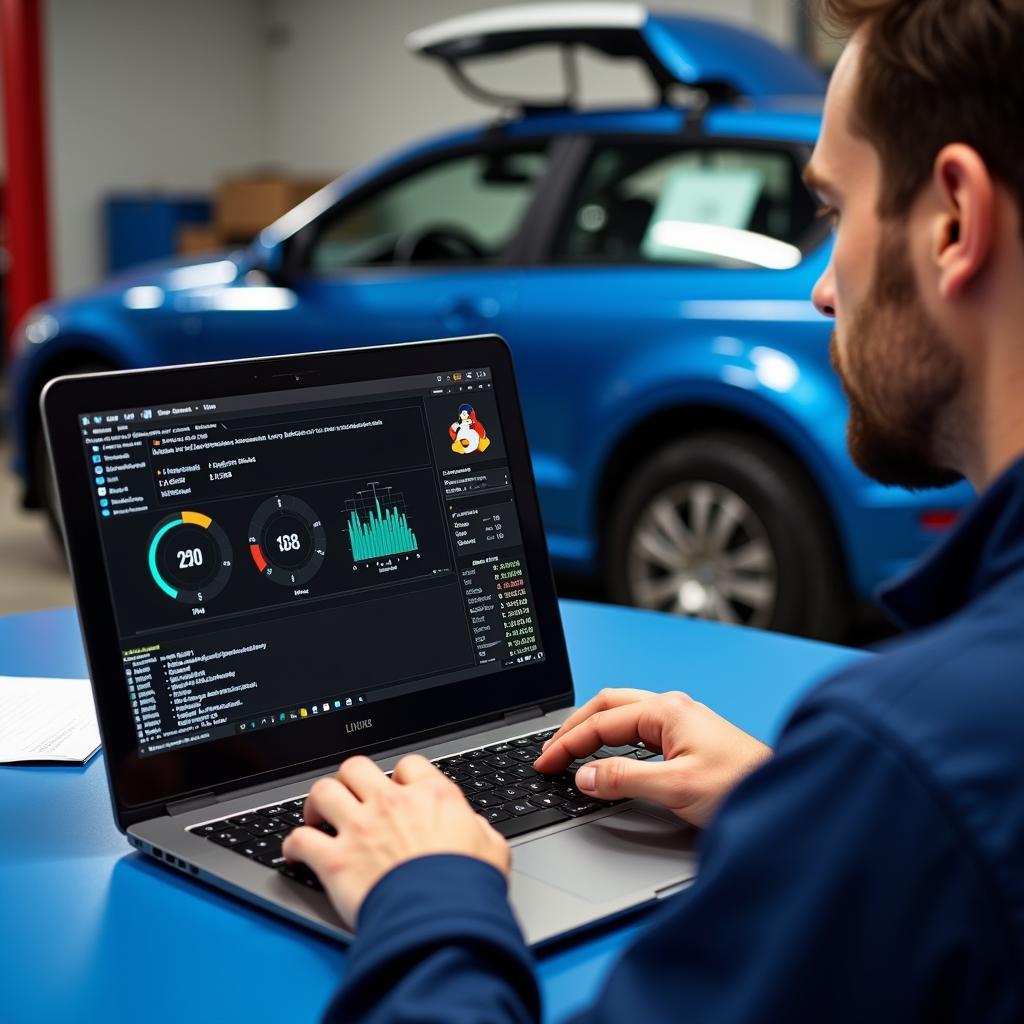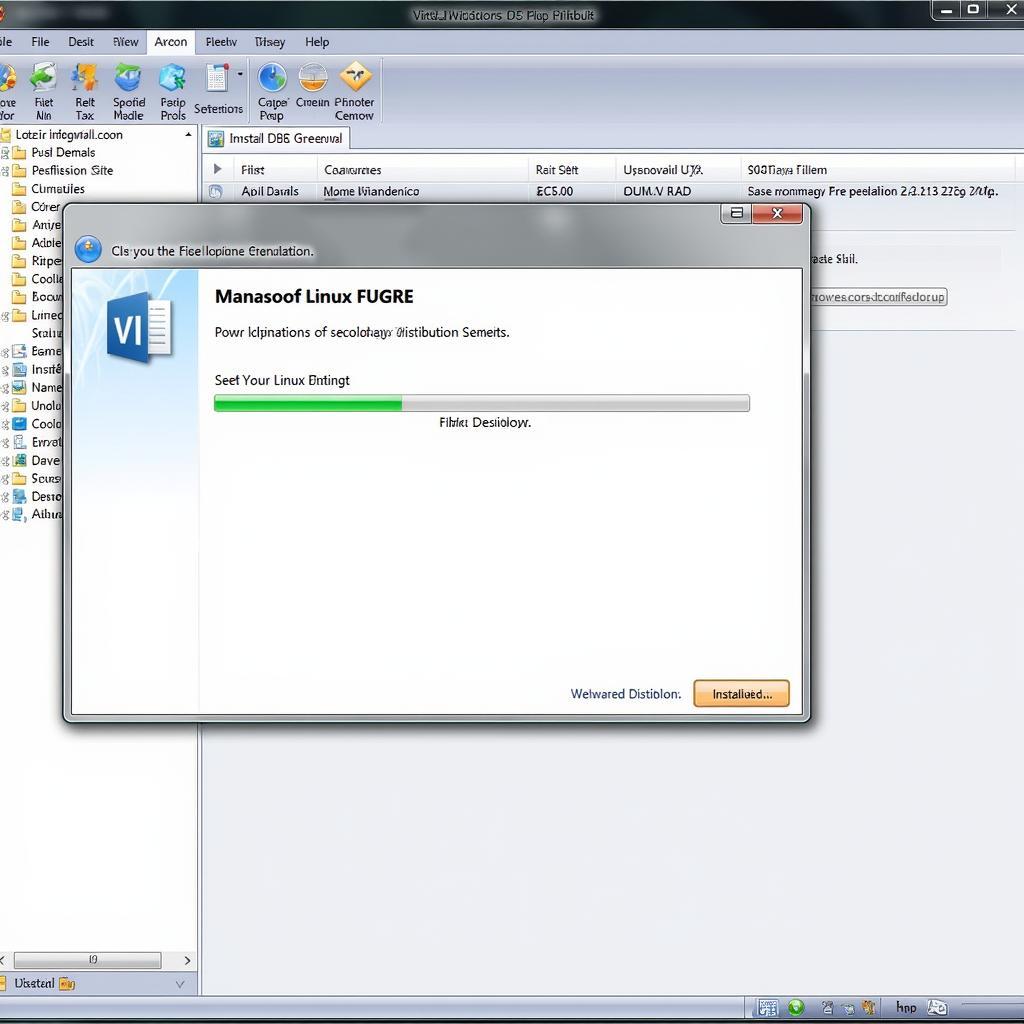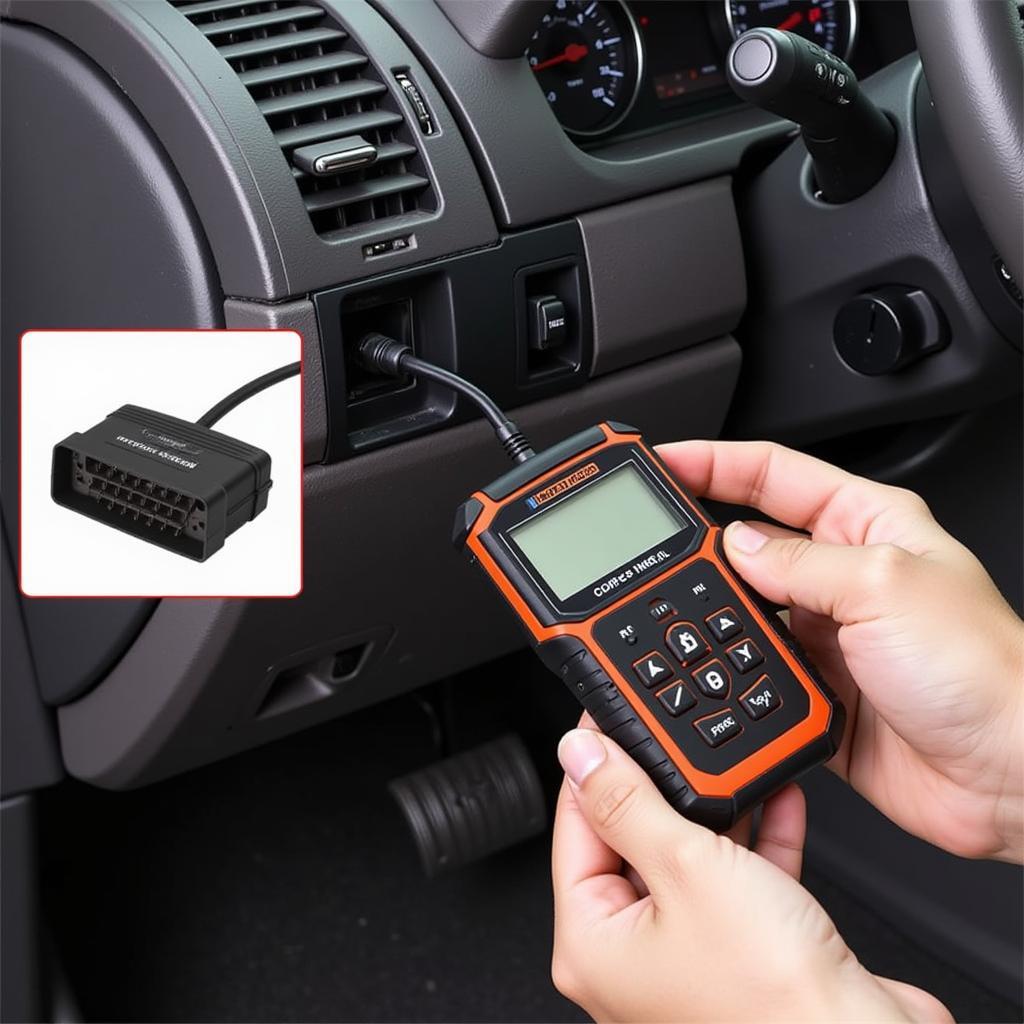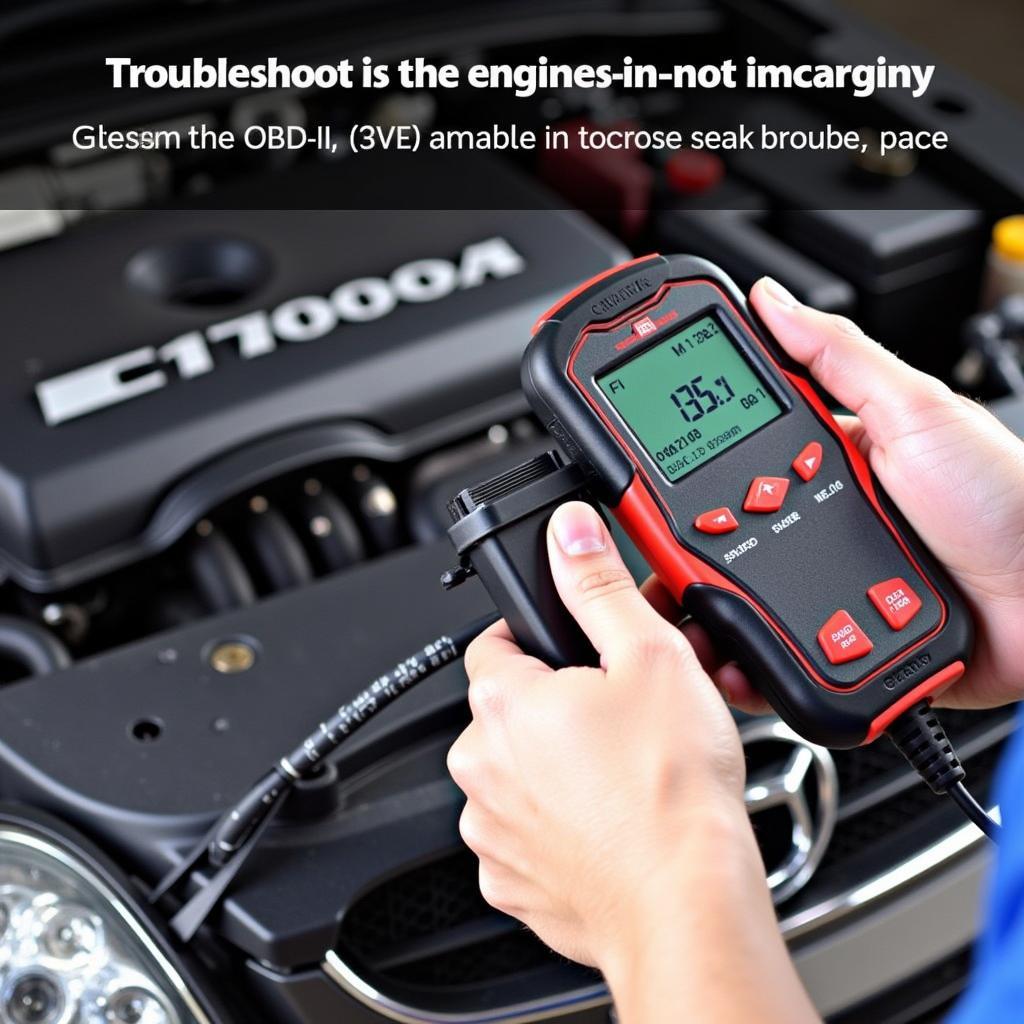The automotive world is increasingly reliant on software, and diagnosing issues often requires specialized tools. While Windows-based diagnostic software is common, many mechanics and car enthusiasts are discovering the power and versatility of Linux Diagnostic Tools For Windows. This guide delves into the world of using Linux-based tools for vehicle diagnostics on a Windows system, offering insights, benefits, and practical advice.
 Linux Diagnostic Tools on Windows PC
Linux Diagnostic Tools on Windows PC
Why Choose Linux for Automotive Diagnostics?
Linux offers several advantages for automotive diagnostics, making it a compelling choice for both professionals and DIY enthusiasts:
- Open-Source Nature: Linux’s open-source nature fosters a collaborative development environment, resulting in a wide range of free and powerful diagnostic tools.
- Flexibility and Customization: Linux distributions can be tailored to specific diagnostic needs, allowing users to install only the necessary software and drivers.
- Command-Line Interface: The command-line interface (CLI) in Linux offers advanced users greater control and scripting possibilities for automating tasks.
Running Linux Diagnostic Tools on Windows
There are two primary methods to utilize Linux diagnostic tools within a Windows environment:
1. Virtual Machines: Your Linux Environment within Windows
Virtual machines like VirtualBox or VMware create a virtualized Linux environment within your existing Windows operating system.
- Advantages: Provides a safe and isolated environment to experiment with Linux and diagnostic tools without affecting your primary Windows installation.
- Disadvantages: Requires significant system resources (RAM, CPU) to run smoothly.
 Virtual Machine Setup for Diagnostics
Virtual Machine Setup for Diagnostics
2. Dual-Booting: Choosing Your OS at Startup
Dual-booting allows you to install both Windows and a Linux distribution on your computer. You can then choose which operating system to boot into at startup.
- Advantages: Offers direct access to hardware resources, potentially leading to better performance for resource-intensive diagnostic tasks.
- Disadvantages: Requires partitioning your hard drive, which can be complex and potentially lead to data loss if not done correctly.
Essential Linux Diagnostic Tools
Here are some of the most popular and effective Linux diagnostic tools for automotive use:
- OBD-II Scanners: Tools like ScanTool OBDLink LX combined with open-source software such as FreeSSM or PyOBD offer a powerful and affordable solution for reading and clearing diagnostic trouble codes (DTCs), monitoring live data streams, and performing actuator tests.
- ECU Programmers: OpenECU and Tactrix OpenPort are examples of open-source ECU programming solutions that allow for custom tuning, firmware updates, and advanced diagnostics.
- Data Logging and Analysis: Combine your OBD-II scanner with software like RaceChrono or TrackAddict for data logging. Analyze this data for performance tuning, fault finding, and understanding vehicle behavior.
[download classrom diagnostic tool for pc](https://scantoolus.com/download-classrom diagnostic-tool-for-pc/)
“Linux’s command-line interface allows me to automate repetitive diagnostic tasks,” says John Miller, a senior automotive engineer at a leading car manufacturer. “This saves me significant time and improves my workflow efficiency.”
Choosing the Right Approach for You
The choice between virtual machines and dual-booting depends on your specific needs and technical comfort level.
- For Beginners: Virtual machines provide a more user-friendly and safer option for getting started with Linux diagnostic tools.
- For Advanced Users: Dual-booting may be preferable for its performance benefits, especially if you plan to use resource-intensive diagnostic software or engage in extensive data logging.
Conclusion
Linux diagnostic tools for Windows offer a compelling blend of power, flexibility, and affordability. Whether you choose the convenience of virtual machines or the performance advantages of dual-booting, Linux empowers you to take control of your automotive diagnostics.
For expert advice and top-quality diagnostic tools, contact ScanToolUS at +1 (641) 206-8880 or visit our office at 1615 S Laramie Ave, Cicero, IL 60804, USA. We’re here to help you keep your vehicles running smoothly.


